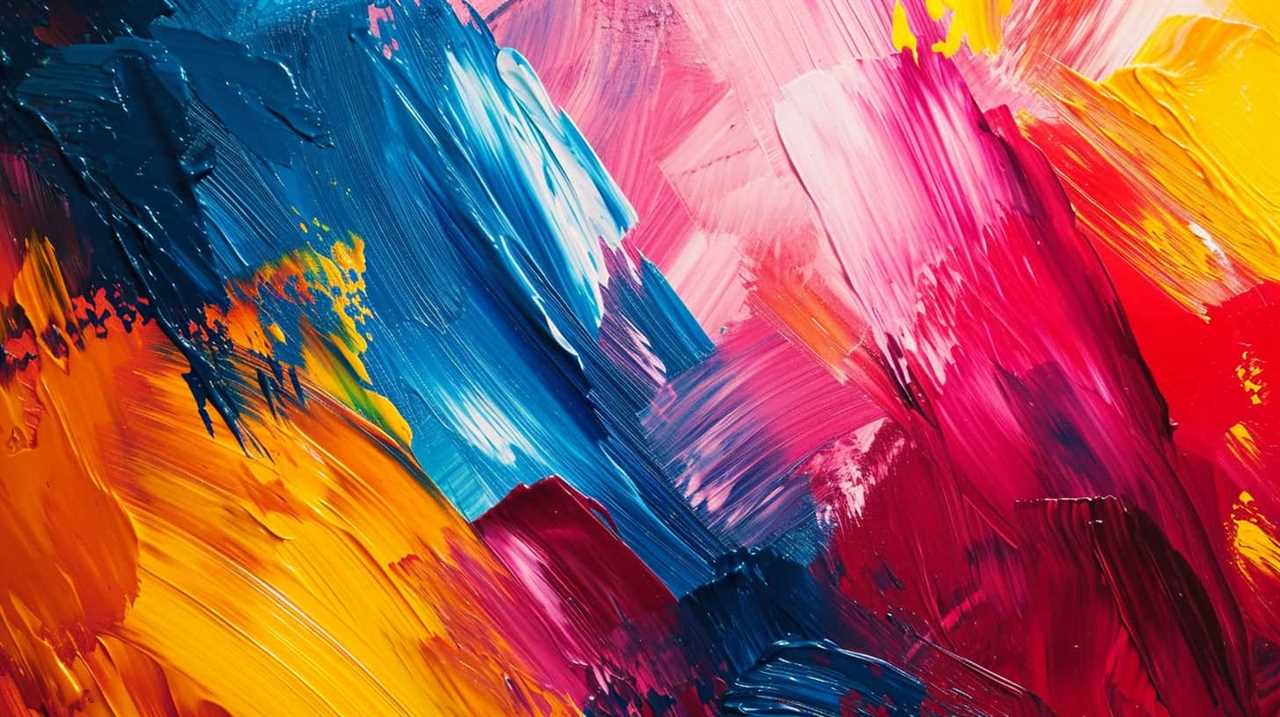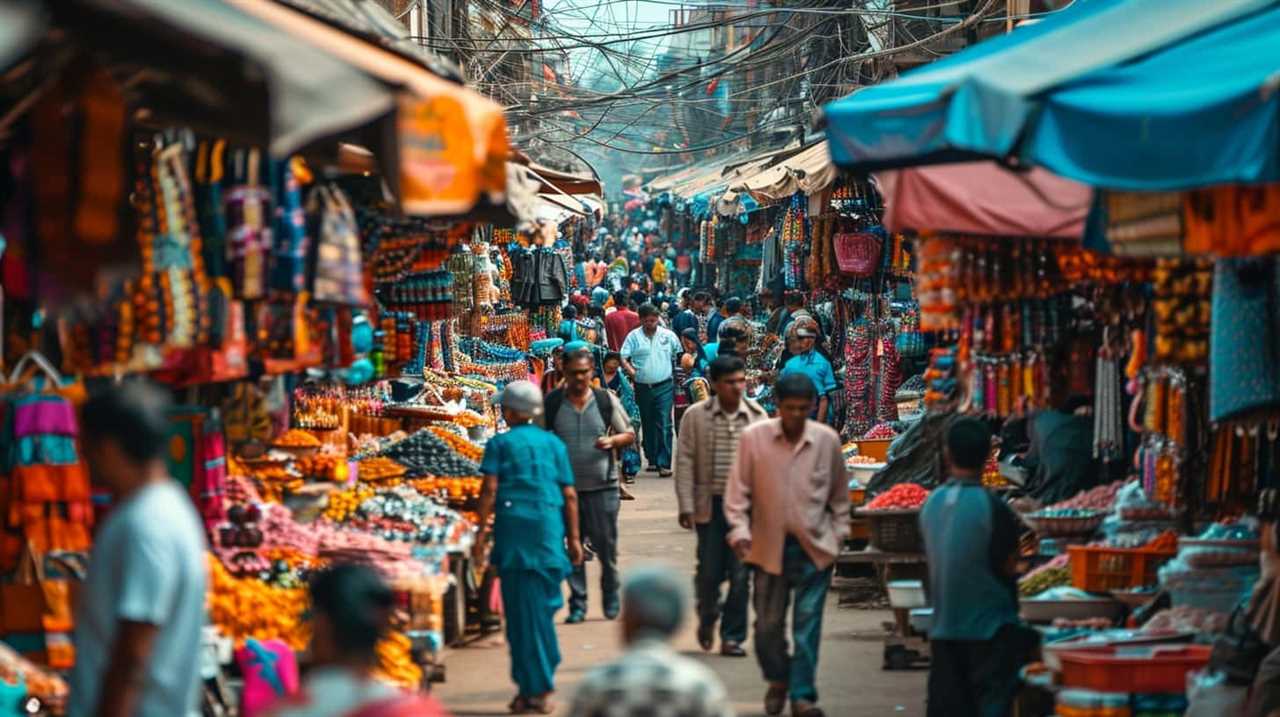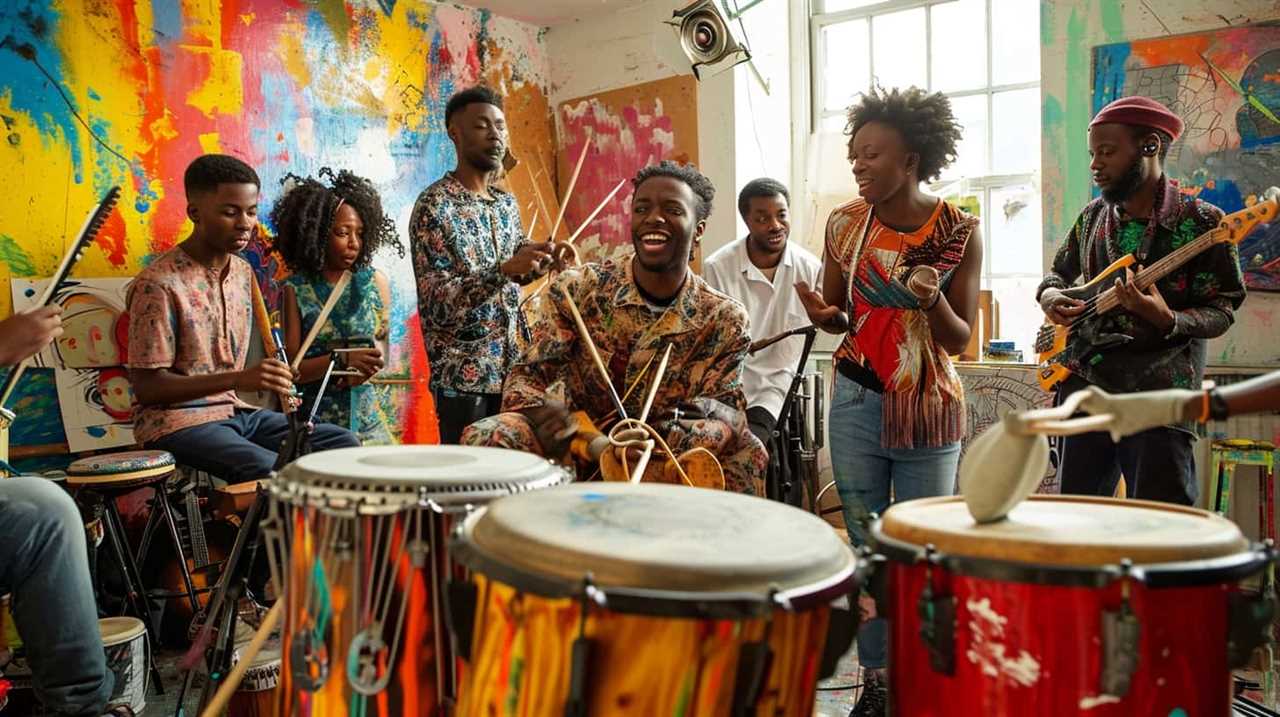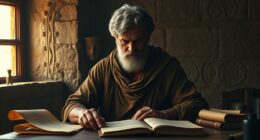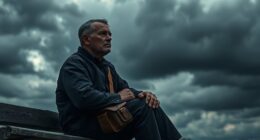What are famous artists saying about creative flow?
In our quest for mastery, we are constantly seeking insights from those who have excelled in their artistic endeavors.
Salvador Dali, Pablo Picasso, Vincent Van Gogh, Georgia O’Keeffe, Frida Kahlo, Joan Miró, Gustav Klimt, Edvard Munch, and Rembrandt Van Rijn are just a few of the great artists whose perspectives on creativity can guide us towards unlocking our own creative potential.
Through their reflections on inspiration, energy, intuition, and expression, we can gain a deeper understanding of the elusive state of creative flow.
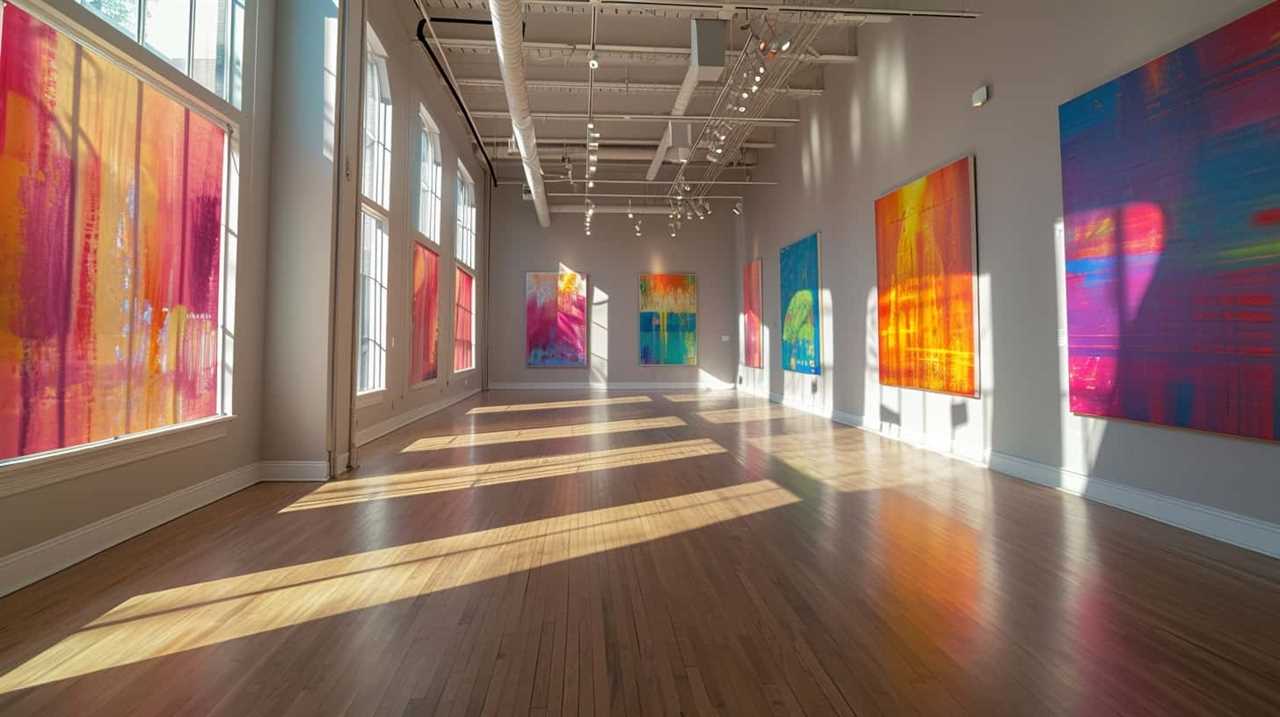
Join us as we delve into the minds of these artistic masters and discover the wisdom they have to offer.
Key Takeaways
- Trusting one’s instincts and embracing imperfection is crucial for genuine artistic expression.
- Connecting with nature and focusing on the essence of a subject can tap into creative energy.
- Reflecting personal experiences and identity can be a powerful driving force for creativity.
- Experimentation and artistic growth are important for pushing creative boundaries and overcoming blocks.
Salvador Dali’s Perspective on Creativity
In our exploration of renowned artists’ perspectives on creative flow, let’s delve into Salvador Dali’s unique and intriguing outlook on creativity. Dali’s artistic process was characterized by his ability to tap into the depths of his subconscious mind, creating artworks that challenged traditional notions of reality. His art was heavily influenced by the movement of surrealism, which had a profound impact on his creative approach.
Surrealism, a cultural and artistic movement that emerged in the early 20th century, aimed to unleash the power of the unconscious mind and explore the irrational aspects of human existence. Dali embraced this movement wholeheartedly, incorporating dreamlike elements and fantastical imagery into his works. His ability to access the realm of the subconscious allowed him to break free from conventional artistic constraints and create truly innovative and thought-provoking pieces.
Dali’s artistic process involved a meticulous attention to detail and a relentless pursuit of perfection. He believed that true creativity required discipline and hard work, stating, ‘Give me two hours a day of activity, and I’ll take the other twenty-two in dreams.’ This dedication to both conscious effort and subconscious exploration allowed Dali to tap into a wellspring of creativity unlike any other.
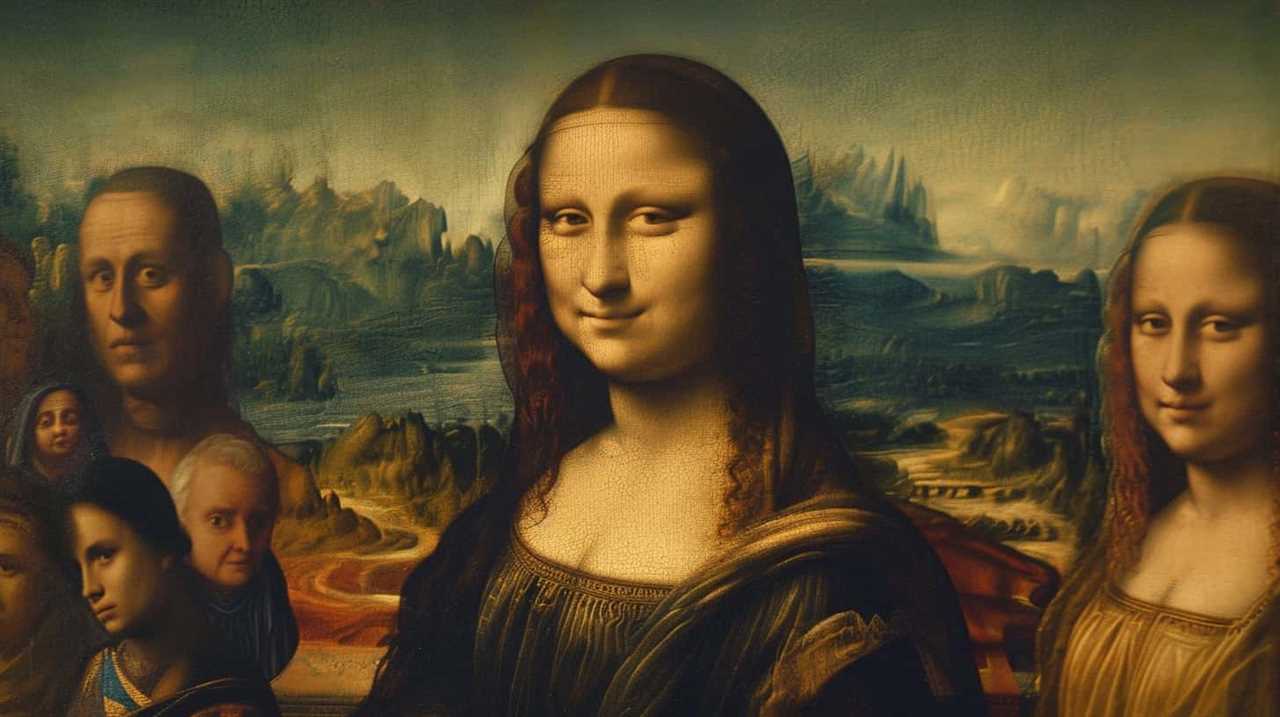
The impact of surrealism on Dali’s creativity can be seen in his ability to seamlessly blend the real and the imagined, creating a world that’s simultaneously familiar and strange. His ability to challenge the viewer’s perception and provoke introspection is a testament to the power of surrealism as a catalyst for artistic innovation.
Pablo Picasso’s Thoughts on Artistic Inspiration
When exploring the thoughts of renowned artists on artistic inspiration, it’s impossible not to mention Pablo Picasso. Picasso, a true master of his craft, believed that inspiration wasn’t something that struck randomly, but rather a result of consistent hard work and dedication.
He famously said, ‘Inspiration exists, but it has to find you working.’ This perspective highlights the importance of actively engaging with the artistic process and putting in the effort to cultivate creativity.
Picasso’s thoughts on artistic inspiration serve as a reminder that creativity isn’t solely reliant on elusive moments of divine inspiration, but rather a product of discipline and commitment to one’s craft.
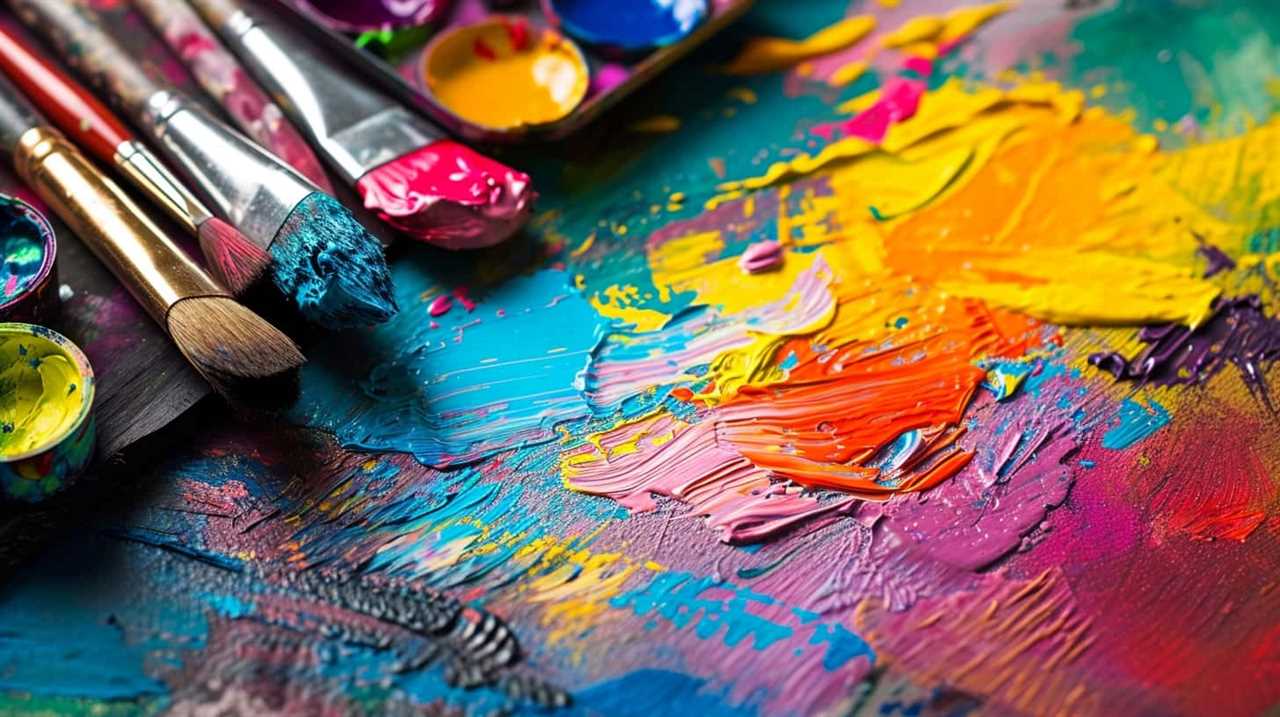
Picasso’s Artistic Inspiration
Picasso’s artistic inspiration stems from a deep connection to his inner emotions and experiences. His creative process and artistic inspiration techniques reflect his unique approach to art. Here are four key aspects of Picasso’s artistic inspiration:
- Emotional intensity: Picasso believed that to create powerful art, one must tap into the depths of their emotions. He used his art as a medium to express his innermost feelings, resulting in emotionally charged and evocative works.
- Personal experiences: Picasso drew inspiration from his own life experiences, infusing his art with autobiographical elements. Whether it was his relationships, political events, or personal struggles, Picasso used his own journey as a muse for his creations.
- Experimentation: Picasso constantly pushed the boundaries of artistic conventions, constantly exploring new techniques and mediums. He believed that artistic inspiration could be found through experimentation and the willingness to take risks.
- Observing the world: Picasso found inspiration in the world around him, observing people, nature, and everyday objects. He’d a keen eye for capturing the essence of his subjects and translating them into his unique artistic language.
Renowned Artists’ Creative Flow
From our perspective, renowned artists like Pablo Picasso provide valuable insights into the creative flow and their thoughts on artistic inspiration.
Picasso’s journey through art was marked by his ability to navigate creative roadblocks and find new ways to express his personal experiences. He believed that creativity was a continuous process, requiring constant exploration and experimentation.
Picasso once said, ‘Inspiration exists, but it has to find you working.’ This statement highlights the importance of actively engaging with the artistic process, even when faced with challenges. Picasso encouraged artists to embrace their unique perspectives and draw inspiration from their own lives, as he believed that true artistic expression comes from within.
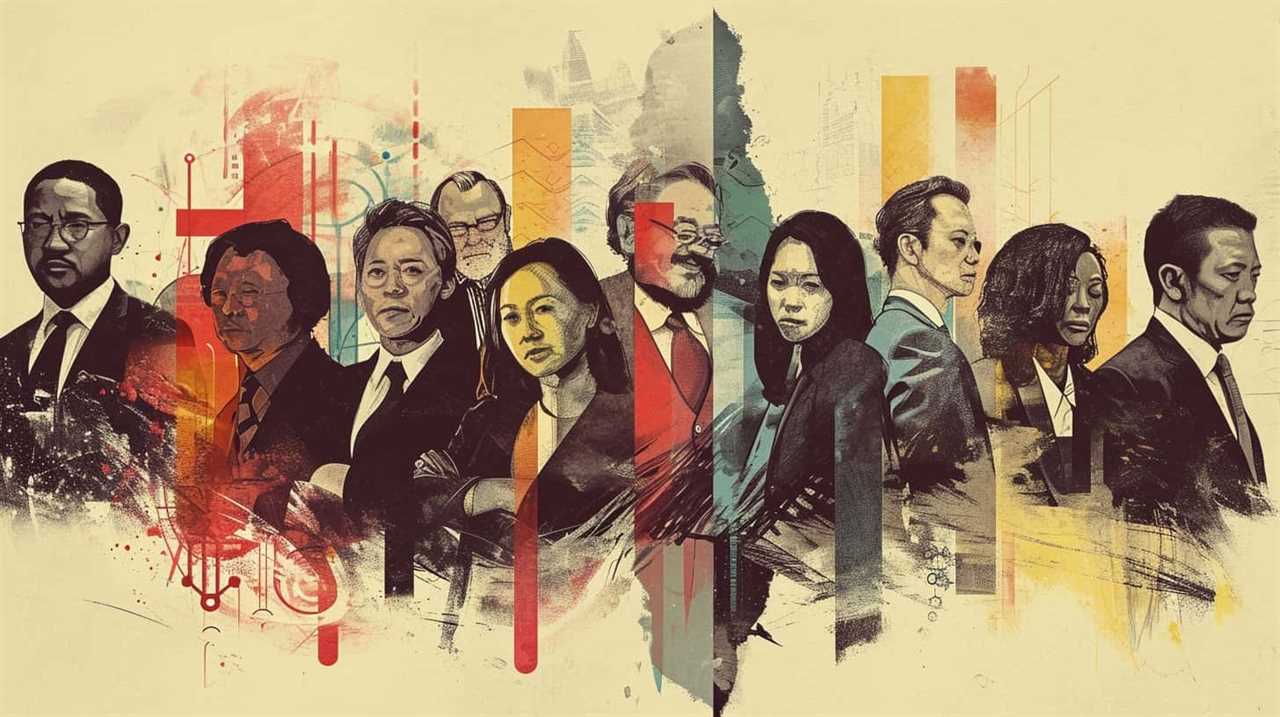
Vincent Van Gogh on Finding the Flow
One of the key insights we gain from renowned artist Vincent Van Gogh is the importance of finding the flow in our creative process. Van Gogh understood that the act of creating art shouldn’t be forced or contrived, but rather a natural and organic process that flows effortlessly from within.
Here are four important lessons we can learn from Van Gogh on finding the flow:
- Embrace Solitude: Van Gogh often found inspiration in the solitude of nature, where he could immerse himself in the beauty and tranquility of the world around him. He believed that being alone allowed him to connect deeply with his inner self and find inspiration for his work.
- Follow Your Passion: Van Gogh believed that true creativity comes from following one’s passion. He encouraged artists to explore their own unique interests and to pursue what truly ignites their soul. By doing so, one can tap into their creative flow and produce authentic and meaningful artwork.
- Trust Your Instincts: Van Gogh emphasized the importance of trusting one’s instincts and intuitive impulses. He believed that genuine artistic expression comes from listening to one’s inner voice and allowing it to guide the creative process. By trusting in oneself, artists can tap into their creative flow and produce work that’s true to their vision.
- Embrace Imperfection: Van Gogh understood that art isn’t about perfection, but rather about capturing the essence of a subject or emotion. He encouraged artists to embrace imperfections and to allow their unique style and perspective to shine through in their work. By letting go of the need for perfection, artists can find their creative flow and produce art that’s authentic and heartfelt.
As we delve into Georgia O’Keeffe’s insights into creative energy, we continue to explore the profound wisdom of renowned artists and how it can inspire and enhance our own creative processes.
Georgia O’keeffe’s Insights Into Creative Energy
How can Georgia O’Keeffe’s insights into creative energy enhance our own artistic process?
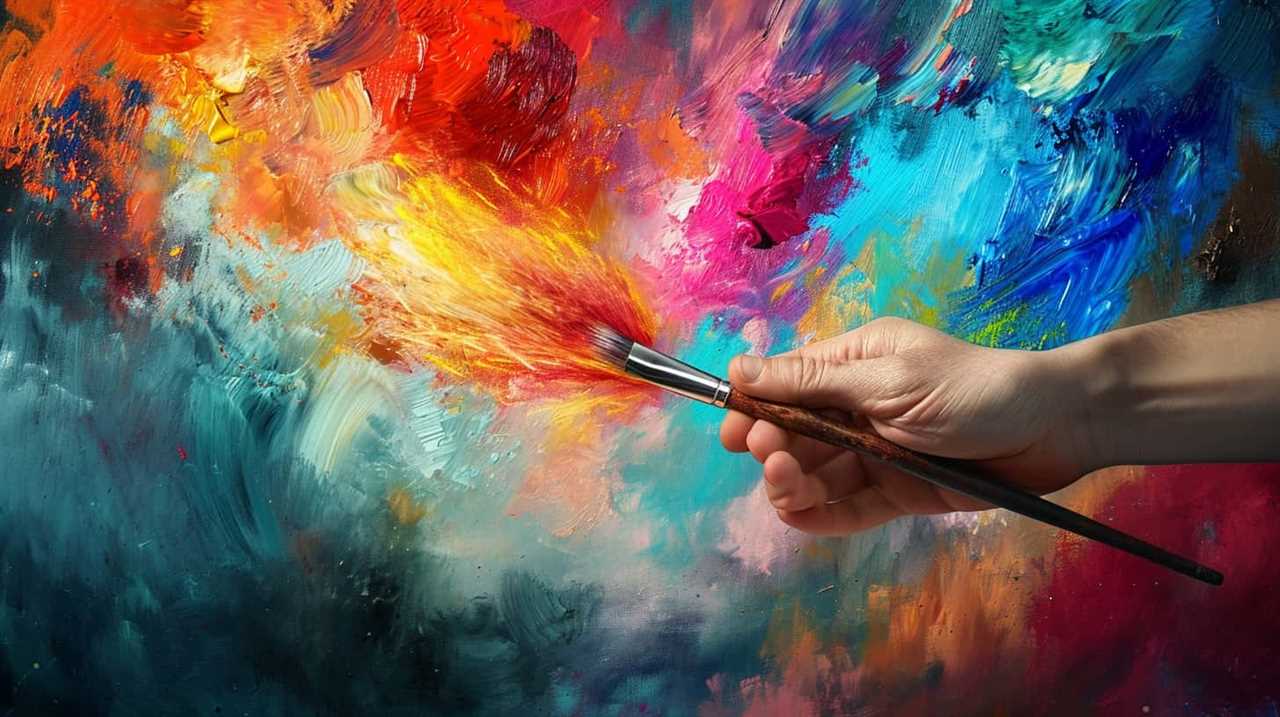
Georgia O’Keeffe, one of the most influential American artists of the 20th century, had a unique artistic process that offers valuable lessons for those seeking to overcome creative blockages.
O’Keeffe believed in the power of exploring and connecting with nature as a source of inspiration. She often retreated to the New Mexico desert, where she found solace and rejuvenation. By immersing herself in the natural world, O’Keeffe was able to tap into her creative energy and channel it into her art.
Furthermore, O’Keeffe emphasized the importance of simplicity and focusing on the essence of a subject. She believed that by stripping away unnecessary details, one could capture the true essence and energy of a subject. This approach allowed her to create iconic and emotionally charged paintings that resonated with viewers.
O’Keeffe’s artistic process also involved a deep connection with her inner self and emotions. She believed that art should be a reflection of one’s innermost thoughts and feelings. By exploring her own emotions and vulnerabilities, O’Keeffe was able to infuse her artwork with a powerful and personal energy.
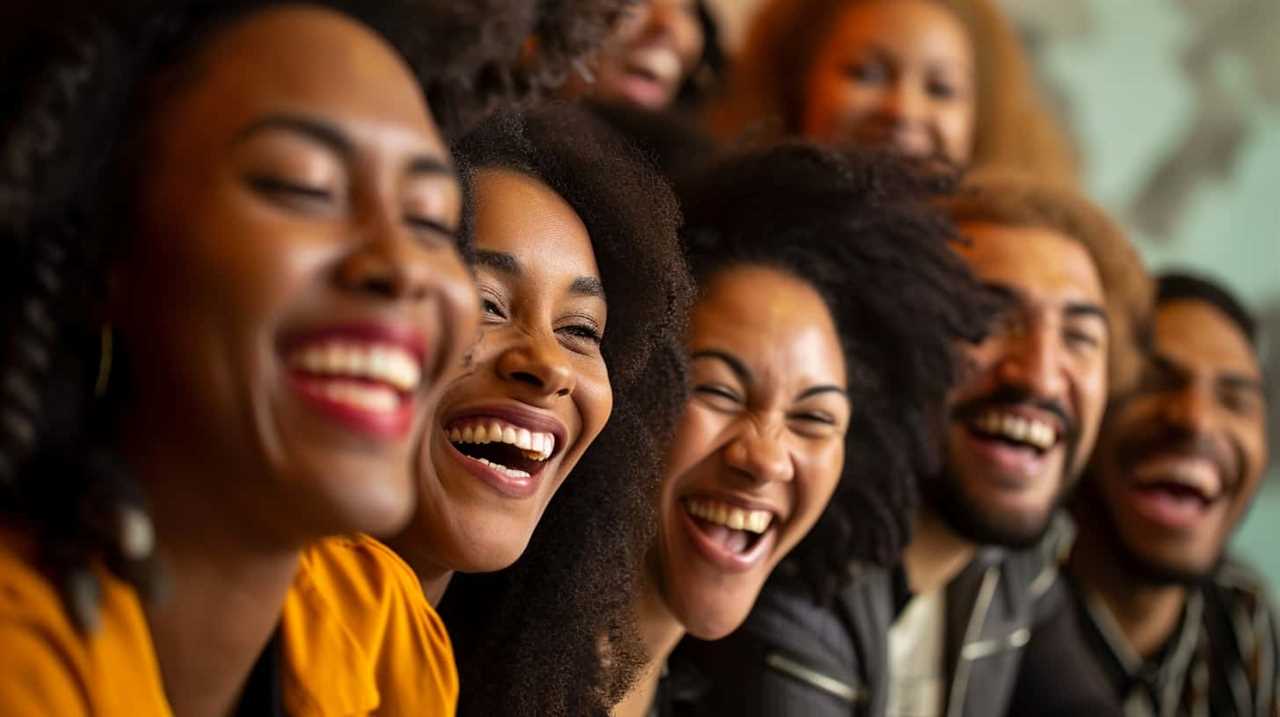
Frida Kahlo’s Reflections on the Artistic Process
Frida Kahlo, a renowned artist, offers valuable insights into the artistic process. One point she emphasizes is the importance of finding inspiration in one’s own experiences and emotions.
Kahlo’s art is deeply personal and reflects her struggles, pain, and triumphs, making her work resonate with viewers on a profound level.
Additionally, Kahlo acknowledges the presence of creative roadblocks and encourages artists to navigate through them by staying true to their unique vision and persevering.
Kahlo’s Artistic Inspiration
In our exploration of renowned artists’ reflections on the creative process, we delve into Kahlo’s artistic inspiration, focusing on her insights into the artistic process.
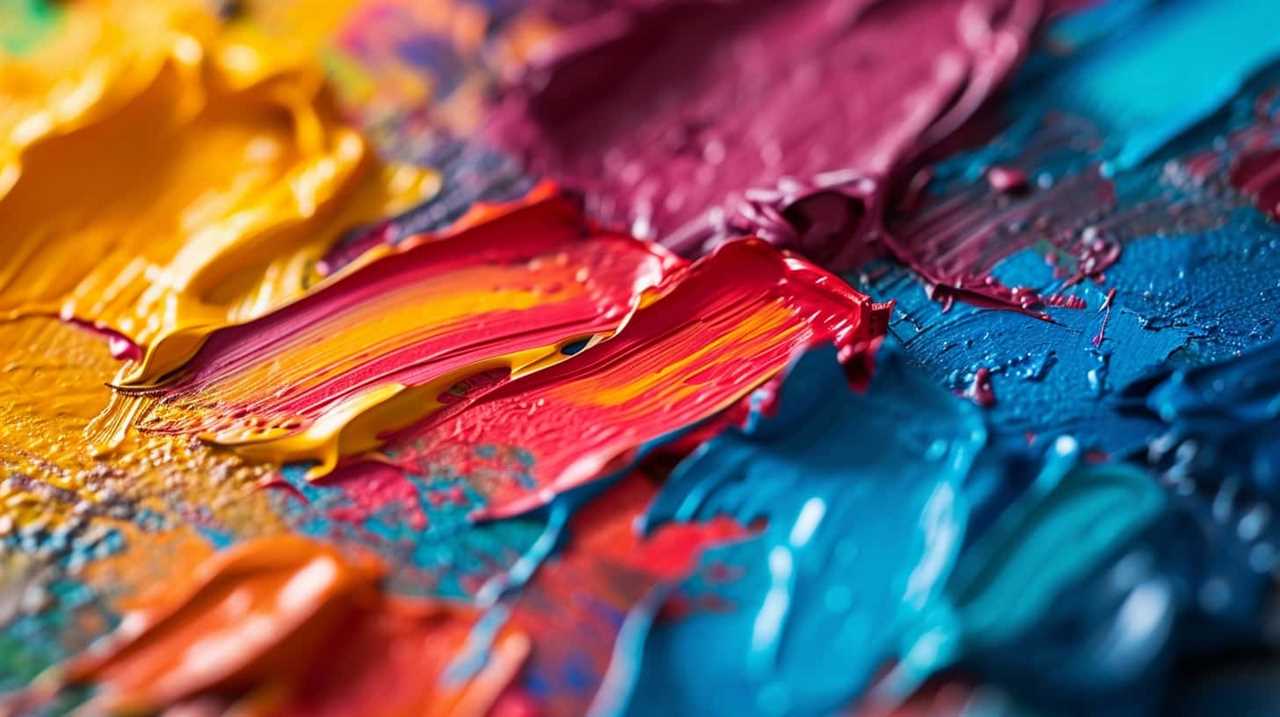
Frida Kahlo’s artistry was shaped by her unique techniques and her masterful use of symbolism. Here are four key aspects of Kahlo’s artistic inspiration:
- Self-Portraiture: Kahlo’s deep introspection and exploration of her own identity led her to create powerful self-portraits that conveyed her innermost emotions and experiences.
- Surrealism: Kahlo incorporated elements of surrealism into her work, blurring the boundaries between reality and imagination, to express her complex emotions and experiences.
- Mexican Folklore: Kahlo drew inspiration from Mexican folklore, incorporating traditional symbols and motifs into her art to celebrate her cultural heritage and challenge societal norms.
- Pain and Resilience: Kahlo’s art often depicted her physical and emotional pain, but it also celebrated her resilience and strength in the face of adversity.
By understanding Kahlo’s artistic techniques and her use of symbolism, we gain insight into her unique artistic inspiration.
Transitioning into the subsequent section about navigating creative roadblocks, let’s explore how Kahlo overcame challenges in her creative process.
Navigating Creative Roadblocks
When faced with creative roadblocks, we often find ourselves struggling to maintain our artistic flow. It’s during these challenging moments that we must turn to the insights of renowned artists like Frida Kahlo, who reflected extensively on the artistic process.

Kahlo understood the importance of exploring creative techniques as a means of overcoming self-doubt. She believed that by experimenting with different mediums, styles, and subjects, artists can break free from mental constraints and tap into their true creative potential. Kahlo’s own art was a testament to this philosophy, as she fearlessly expressed her personal experiences, emotions, and struggles through her unique artistic style.
By delving deep into her inner world, Kahlo was able to create artworks that resonate with audiences to this day.
Transitioning to the next section, let’s now explore how artists can effectively express their personal experiences through their work.
Expressing Personal Experiences
As artists, we can further delve into the topic of expressing personal experiences by exploring Frida Kahlo’s reflections on the artistic process.
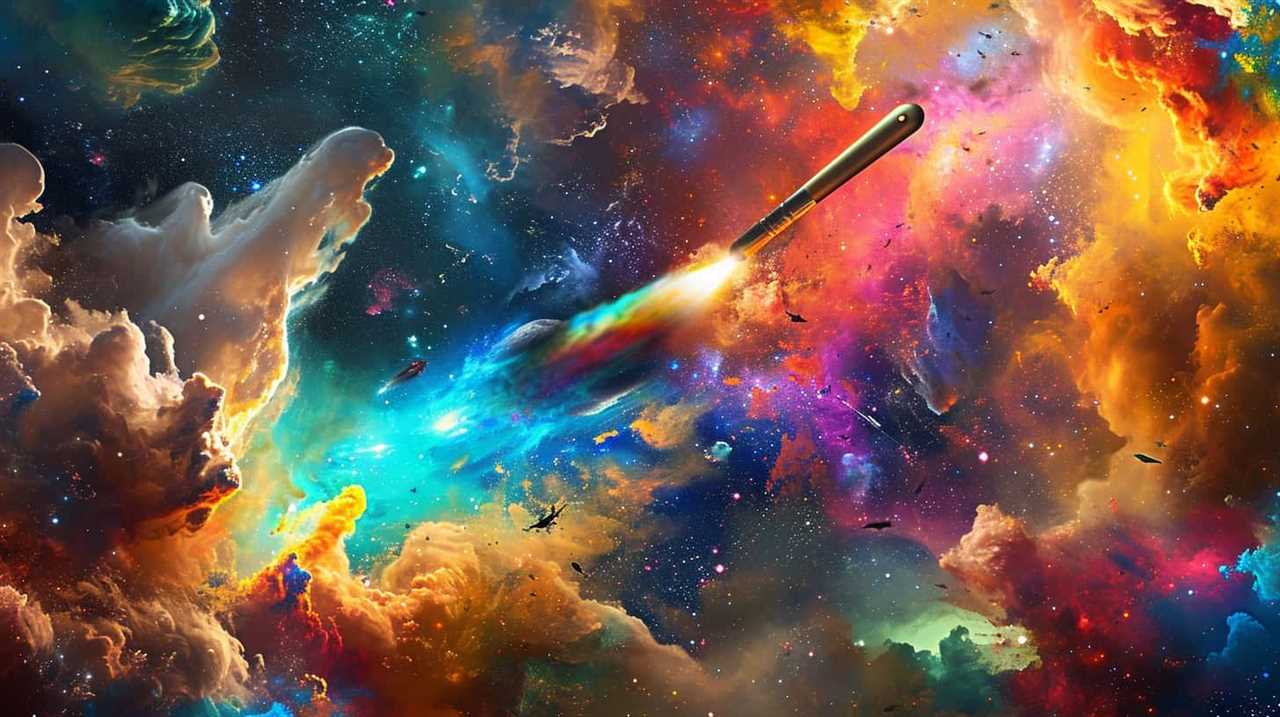
Kahlo, a renowned Mexican painter, used her art as a means of catharsis and self-expression. Her work was deeply rooted in her personal experiences, reflecting her physical and emotional pain, as well as her cultural identity.
Through her art, Kahlo was able to achieve personal growth and find healing. Her paintings served as a medium for her to process her emotions and confront her inner demons.
Additionally, Kahlo’s art was a source of artistic inspiration for many, as it showcased the power of using personal experiences as a driving force for creativity.
Leonardo Da Vinci’s Views on Creative Flow
One of the key insights Leonardo Da Vinci shares about creative flow is the importance of embracing curiosity. Da Vinci believed that curiosity was the driving force behind artistic inspiration. He saw the world as a vast canvas of possibilities, where every object and phenomenon held the potential for artistic exploration. To tap into this creative flow, Da Vinci employed various techniques for finding inspiration. He observed the intricate details of nature, dissected human bodies to study anatomy, and sought inspiration from the works of other artists. Da Vinci’s creative process involved a deep dive into the subject matter, where he would immerse himself in research and experimentation. This allowed him to uncover new perspectives and push the boundaries of his art.

To better understand the impact of Da Vinci’s views on creative flow, let’s explore a table that highlights some of his techniques and their significance:
| Technique | Significance |
|---|---|
| Observing Nature | Nature served as Da Vinci’s primary source of inspiration, providing him with endless ideas and motifs. |
| Studying Anatomy | Understanding the human form allowed Da Vinci to create realistic and anatomically accurate artworks. |
| Learning from Others | Da Vinci studied the works of other artists to expand his knowledge and incorporate new artistic techniques. |
Through these techniques, Da Vinci nurtured his creative flow and produced masterpieces that continue to inspire artists to this day. His emphasis on curiosity and exploration serves as a reminder to embrace the unknown and find inspiration in the world around us.
Claude Monet’s Approach to Finding Inspiration
How does Claude Monet find inspiration for his artwork?
Claude Monet, the renowned French painter and a leading figure in the Impressionist movement, had his own unique approach to finding inspiration. Here are four key aspects of Monet’s artistic techniques and his influence on Impressionism:
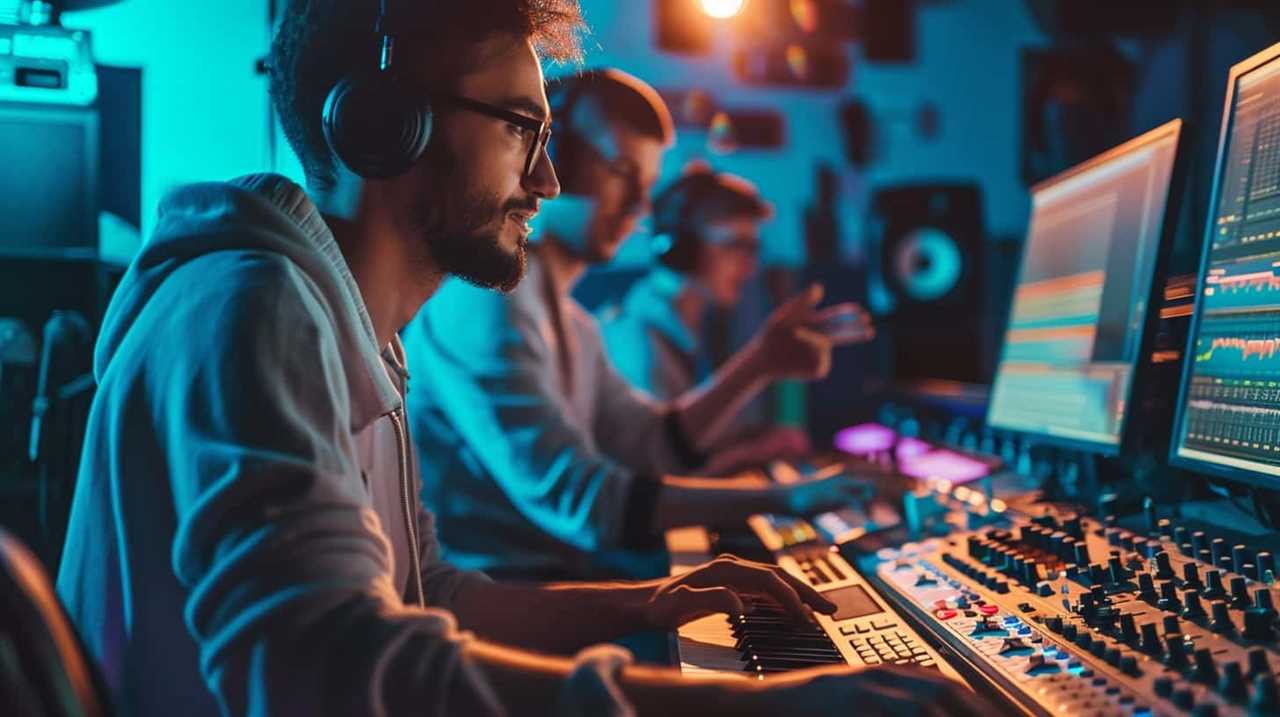
- Capturing the Moment: Monet was known for his ability to capture the fleeting effects of light and atmosphere in his paintings. He sought inspiration from the ever-changing nature around him, often painting en plein air to capture the essence of a scene in its most authentic form.
- Embracing Color and Brushwork: Monet’s use of vibrant colors and loose brushwork was a departure from the traditional techniques of his time. He believed in the power of color to convey emotions and used it to bring life and energy to his paintings.
- Observing Nature: Monet was deeply connected to nature and found inspiration in the landscapes, gardens, and water lilies that surrounded him. He’d spend hours observing the subtle nuances of light, shadow, and reflection, translating them onto his canvas.
- Breaking Boundaries: Monet’s innovative approach to painting paved the way for the Impressionist movement. His emphasis on capturing the fleeting moment and his bold use of color and brushwork challenged the conventions of academic art, leaving a lasting impact on the art world.
Claude Monet’s artistic techniques and his influence on Impressionism continue to inspire artists to this day, reminding us of the power of observation, experimentation, and pushing boundaries in our own creative endeavors.
Jackson Pollock’s Thoughts on Creative Spontaneity
Jackson Pollock’s thoughts on creative spontaneity are rooted in the belief that art should flow authentically and instinctively from the artist. Pollock, a prominent figure in the abstract expressionist movement, revolutionized the art world with his unique artistic process. He embraced the role of spontaneity in creativity, rejecting traditional techniques and instead allowing his subconscious to guide his brushstrokes.
Pollock’s artistic process can be best understood through his famous "drip painting" technique. He would lay a canvas on the floor and, with a paintbrush or even a stick, drip and pour paint onto the surface. This method allowed him to fully immerse himself in the act of creation, abandoning control and embracing the unpredictability of the artistic process. The result was a dynamic and energetic composition that captured the essence of his emotions and thoughts.
To delve deeper into Pollock’s thoughts on creative spontaneity, let us examine the key elements of his artistic process:

| Key Elements | Description |
|---|---|
| Spontaneity | Pollock believed in allowing his instincts to guide his artistic decisions, giving rise to a sense of freedom and authenticity in his work. |
| Unconventional Techniques | He rejected traditional methods of painting and instead embraced unconventional techniques, such as dripping and pouring paint onto the canvas. |
| Emotional Expression | Pollock’s paintings were a reflection of his inner thoughts and emotions, as he believed that true art should evoke a visceral response in the viewer. |
| Physicality | By working on a large scale and using his whole body to create, Pollock infused his paintings with a sense of physicality and energy. |
| Unpredictability | The unpredictable nature of Pollock’s artistic process resulted in compositions that were both dynamic and spontaneous, capturing the essence of the creative moment. |
Pollock’s approach to creativity and his emphasis on spontaneity continue to inspire artists today. His belief in the power of authenticity and instinct serves as a timeless reminder to trust one’s artistic intuition and embrace the unexpected in the creative process.
Andy Warhol on the Importance of Experimentation
When it comes to artistic exploration, Andy Warhol believed in pushing creative boundaries and embracing experimentation. He understood the importance of stepping outside of one’s comfort zone to foster artistic growth.
Warhol’s willingness to try new techniques and ideas allowed him to continuously evolve as an artist and challenge traditional notions of art.
Embracing Artistic Exploration
We often embrace artistic exploration by actively experimenting with our creative process, as emphasized by Andy Warhol’s insight on the importance of trying new approaches.
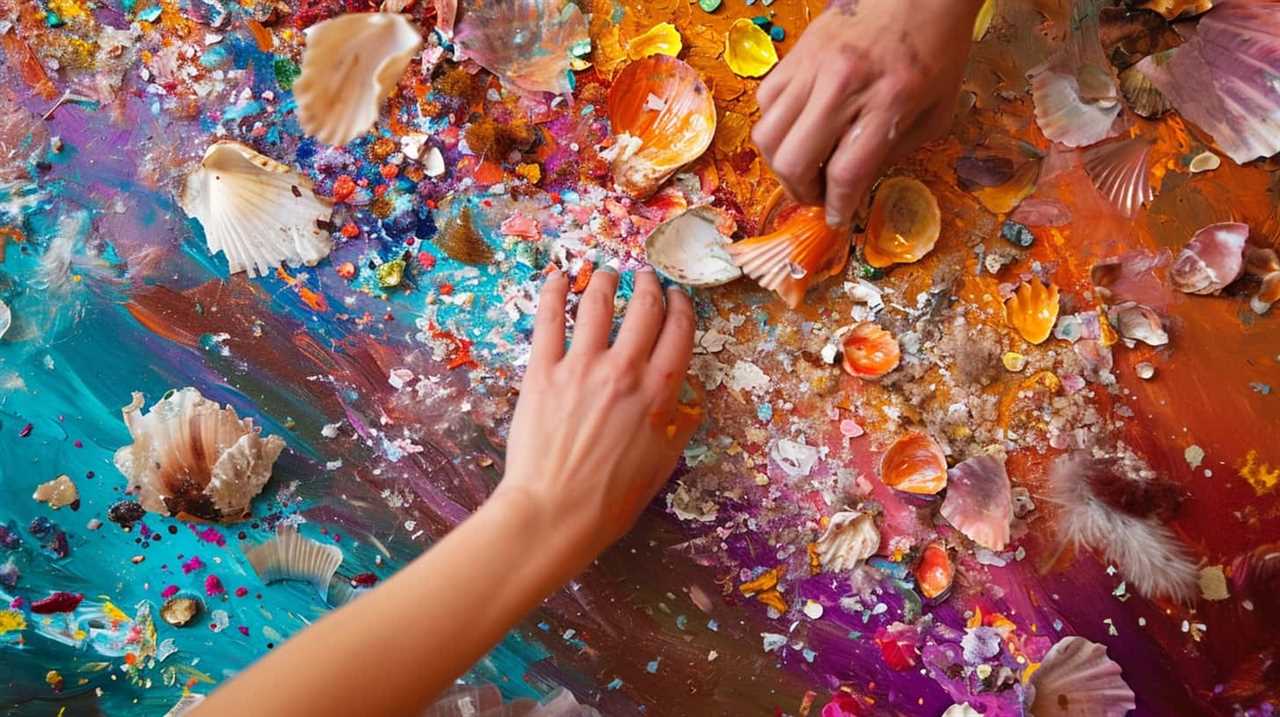
When it comes to exploring new mediums, Warhol believed that stepping outside of our comfort zones allows us to discover new techniques and expand our artistic horizons. He encouraged artists to push the boundaries of traditional art forms, encouraging them to experiment with unconventional materials and techniques.
Additionally, Warhol found inspiration through nature, recognizing the beauty and complexity of the natural world. He believed that immersing oneself in nature can ignite new ideas and perspectives.
Pushing Creative Boundaries
Continuing our exploration of artistic boundaries, let’s delve into Andy Warhol’s perspective on the importance of experimentation in pushing creative limits.
Warhol, a prominent figure in the pop art movement, believed that pushing creative boundaries was essential for artistic growth and evolution. He understood that staying within the confines of what’s familiar and comfortable would only lead to stagnation.

According to Warhol, experimenting with new techniques, mediums, and ideas was crucial to navigate creative roadblocks and find new paths of expression. He encouraged artists to embrace risk-taking and to challenge traditional norms in order to push the boundaries of art.
Warhol’s own art practice was a testament to his belief in experimentation, as he constantly explored different styles and mediums throughout his career.
Fostering Artistic Growth
As we explore the topic of fostering artistic growth, it’s important to consider Andy Warhol’s perspective on the significance of experimentation in pushing creative boundaries. Warhol believed that in order to grow as an artist, one must constantly push the limits and try new things.
Experimentation allows artists to break free from their comfort zones and explore uncharted territories. It’s a process of trial and error, where mistakes are seen as valuable learning opportunities. By embracing experimentation, artists can overcome creative blocks and discover new techniques, styles, and ideas.
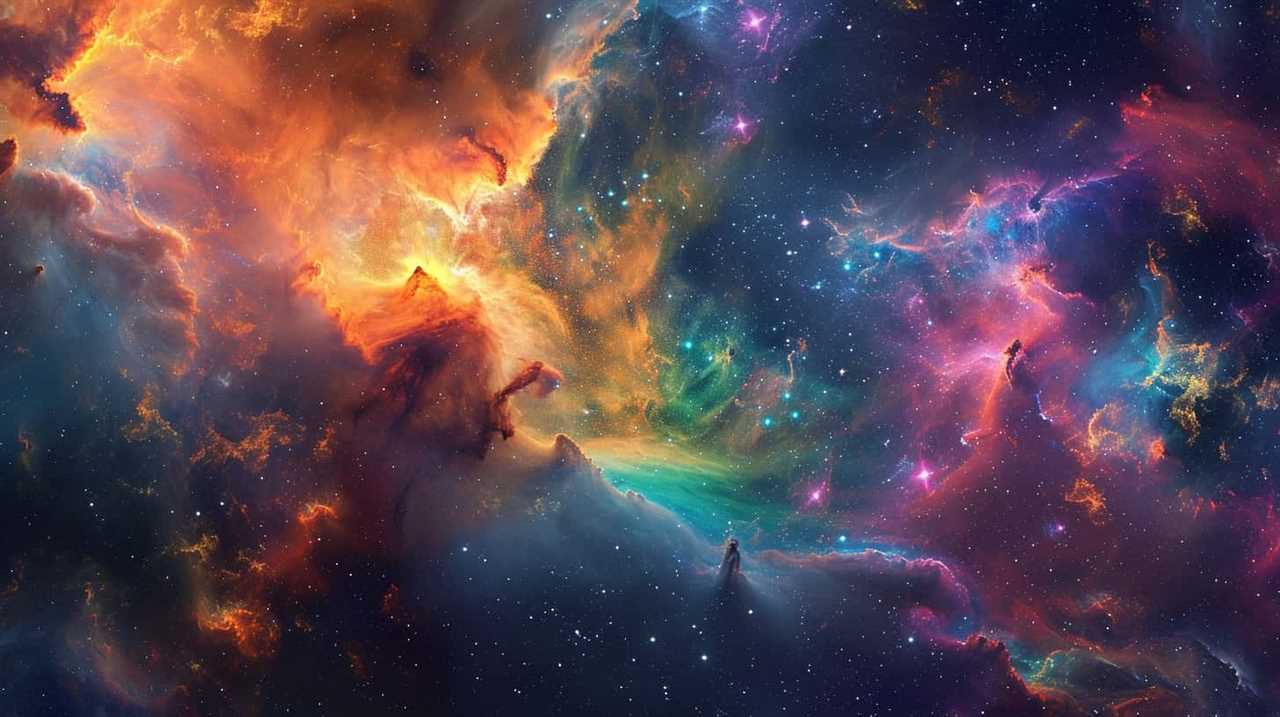
Warhol’s stance on the importance of experimentation serves as a reminder that growth comes from stepping outside of our artistic comfort zones and challenging ourselves to think and create in new and unexpected ways.
In order to foster artistic growth and overcome creative blocks, it’s essential to:
- Embrace experimentation as a valuable tool for pushing creative boundaries.
- Challenge oneself to try new techniques, styles, and ideas.
- View mistakes as learning opportunities rather than failures.
- Step outside of one’s comfort zone and explore uncharted territories.
Henri Matisse’s Advice on Embracing Creativity
In our exploration of renowned artists’ perspectives on creative flow, we delve into Henri Matisse’s insightful advice on embracing creativity through the use of a compound preposition.
Matisse, a leading figure of the Fauvism movement in the early 20th century, believed that embracing experimentation was crucial for artistic growth. He encouraged artists to step out of their comfort zones and explore new techniques, styles, and subjects. For Matisse, the key to embracing creativity was to constantly seek inspiration from the world around us.
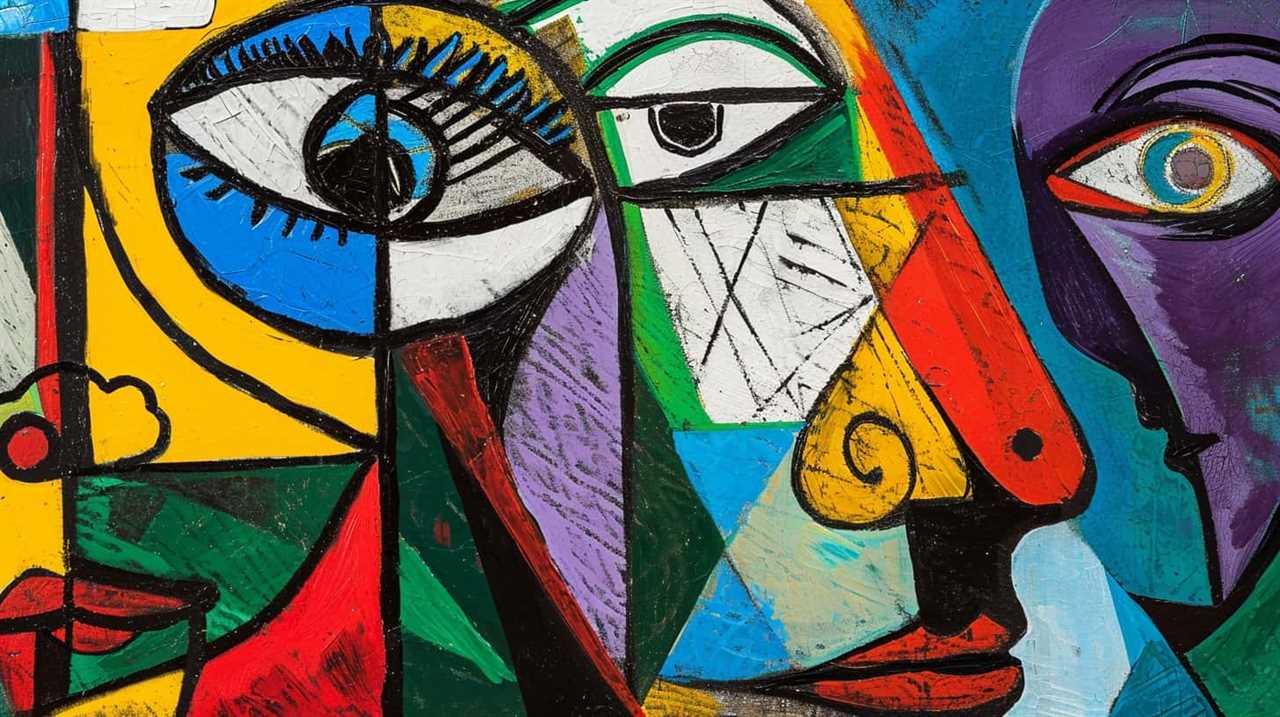
Matisse believed that artistic inspiration could be found in the simplest of things, like the play of light and shadow or the vibrant colors of nature. He urged artists to observe and absorb the world with an open mind, allowing it to inform and shape their creative processes. Matisse famously said, ‘There are always flowers for those who want to see them.’ This quote encapsulates his belief that creativity isn’t limited to grand ideas or elaborate concepts, but can be found in the everyday beauty that surrounds us.
Wassily Kandinsky’s Perspective on Abstract Expression
Moving forward from Henri Matisse’s advice on embracing creativity, let’s now delve into Wassily Kandinsky’s perspective on abstract expression and how it shaped the art world.
- Abstract expression and artistic interpretation: Kandinsky believed that art should be a visual representation of the artist’s inner emotions and spiritual experiences. He viewed abstract art as a powerful means of expressing these intangible aspects of human existence.
- The impact of emotion on creativity: Kandinsky believed that true art could only be created when the artist was in a state of emotional intensity. He believed that the artist’s emotions should guide their creative process, and that art created in this way would evoke similar emotions in the viewer.
- Breaking free from representation: Kandinsky’s work was a departure from traditional art forms that focused on realistic representation. He sought to break free from the constraints of depicting the physical world and instead embraced abstraction as a means of expressing the inner world of the artist.
- Pioneering abstract art movement: Kandinsky’s ideas and artistic style played a crucial role in the development of abstract expressionism. His work inspired countless artists to explore the realms of abstract art, giving rise to a movement that continues to influence the art world today.
Kandinsky’s perspective on abstract expression challenged the traditional notions of art and opened up new possibilities for artistic expression. His belief in the power of emotions and the inner world of the artist continues to resonate with artists and viewers alike, making him an influential figure in the art world.
Joan Miró on the Influence of the Subconscious Mind
Joan Miró’s exploration of the subconscious mind greatly impacted his artistic process and creative flow. As a surrealist painter, Miró believed that tapping into the depths of the subconscious allowed him to access a realm of imagination and symbolism that expanded the boundaries of his art.

Miró’s fascination with the influence of dreams on creativity led him to incorporate subconscious symbolism into his work. He believed that dreams held a wealth of hidden meaning and that by embracing these symbols, he could unlock new levels of artistic expression. Miró’s paintings often feature abstract shapes and forms that are open to interpretation, inviting viewers to delve into their own subconscious and find personal connections within the artwork.
To better understand the influence of Miró’s exploration of the subconscious mind, let’s take a closer look at some of the recurring symbols in his paintings:
| Symbol | Meaning |
|---|---|
| Stars | Connection between the earthly and the celestial realms |
| Birds | Freedom, transcendence, and spirituality |
| Eyes | Window to the soul and the subconscious |
These symbols, along with many others, create a visual language that communicates on a deeper level, transcending the constraints of rational thought and allowing Miró’s artwork to speak directly to the viewer’s subconscious.
Miró’s commitment to exploring the influence of the subconscious mind on his artistic process not only revolutionized surrealist painting but also continues to inspire artists today. By embracing the power of dreams and subconscious symbolism, Miró opened up new possibilities for creative expression and challenged the boundaries of traditional art.
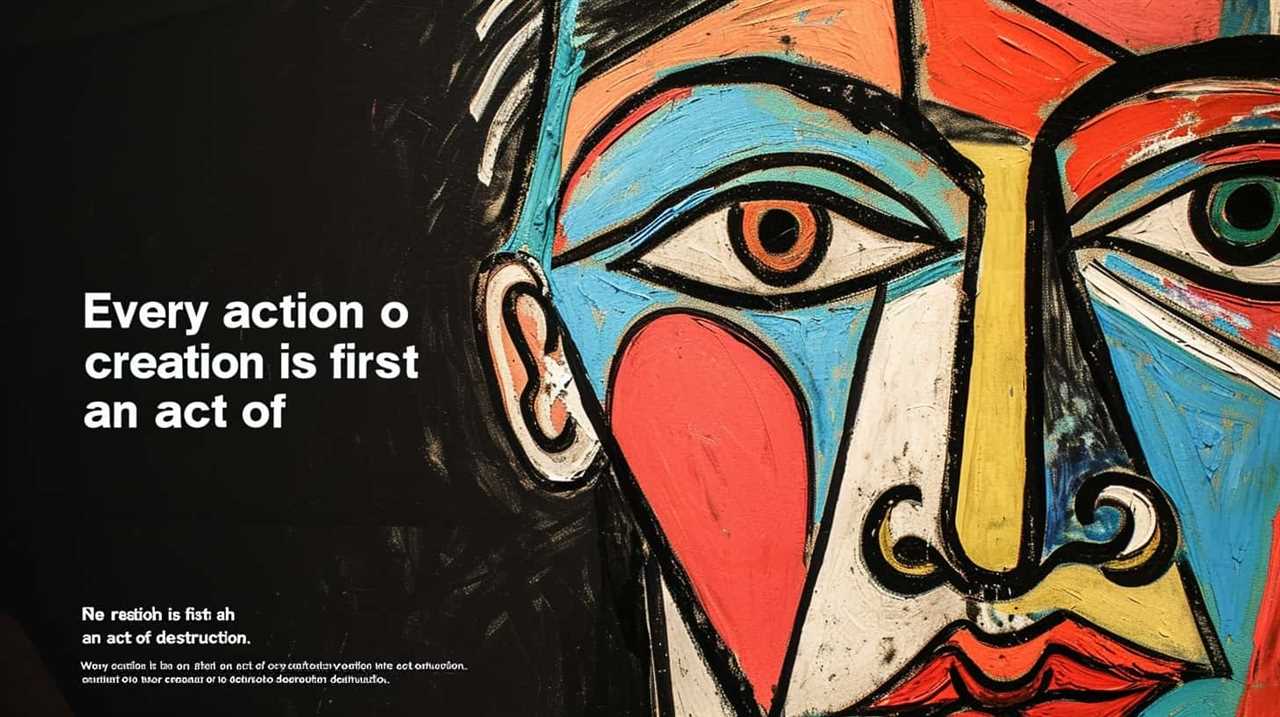
Gustav Klimt’s Insights Into Artistic Intuition
Continuing our exploration of renowned artists and their insights into creative flow, let’s now delve into Gustav Klimt’s profound understanding of artistic intuition.
Klimt, a prominent figure in the Austrian Art Nouveau movement, was known for his intricate and decorative style. Here are four key aspects of Klimt’s artistic techniques that highlight his influence on modern art:
- Symbolism: Klimt was a master of symbolism, infusing his works with hidden meanings and metaphors. His use of symbolic elements, such as gold leaf and elaborate patterns, added depth and complexity to his art.
- Sensuality: Klimt’s portrayal of the human form, particularly the female body, was characterized by sensuality and eroticism. His bold exploration of sexuality challenged societal norms and paved the way for modern artists to express themselves more freely.
- Ornamentation: Klimt’s love for decorative motifs and intricate patterns is evident in his artworks. He often adorned his paintings with ornate details, creating a captivating visual experience that captivated viewers.
- Psychological Insight: Klimt had a deep understanding of the human psyche and explored themes of love, desire, and mortality in his works. His ability to evoke emotions and stimulate introspection made him a pioneer in the realm of psychological art.
Klimt’s artistic techniques and his profound insights into the human experience continue to be influential in modern art. His legacy lives on, inspiring artists to embrace their intuition and push the boundaries of artistic expression.
Edvard Munch’s Reflections on Emotional Expression
Now let’s delve into how Edvard Munch, another renowned artist, reflects on the power of emotional expression in his art.
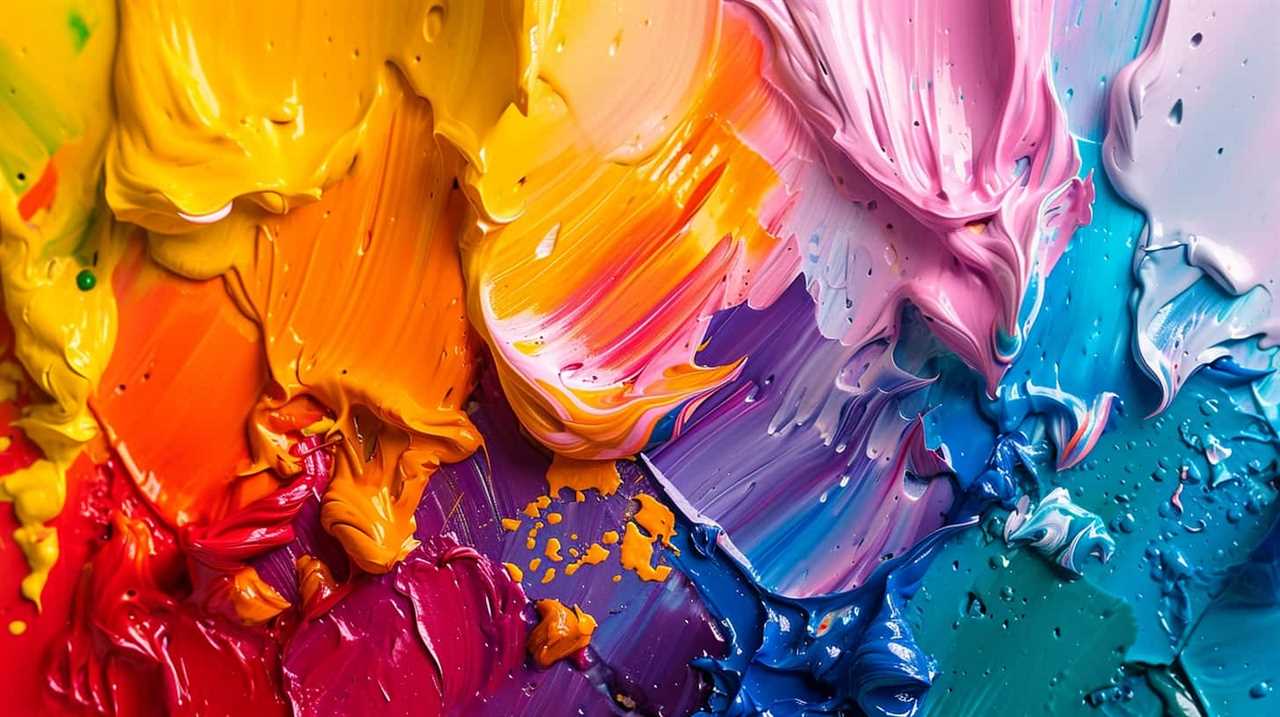
Edvard Munch is best known for his iconic painting, ‘The Scream,’ which captures a sense of profound anguish and despair. Munch’s use of symbolism in his work allows him to explore the depths of the human psyche, delving into the realm of emotions and inner turmoil.
Throughout his career, Munch drew inspiration from personal experiences, often depicting themes of love, death, and existential angst. His use of vivid colors, distorted figures, and expressive brushstrokes conveys the intense emotions that he sought to capture. Munch believed that art should be a vehicle for emotional catharsis, an opportunity to lay bare one’s innermost thoughts and feelings.
In Munch’s paintings, we see a reflection of his own struggles with mental health and the existential questions that plagued him. Through his art, he invites us to confront our own emotions and confront the darker aspects of our own psyche. Munch’s work serves as a reminder that art has the power to transcend words and communicate on a deeply emotional level.
Rembrandt Van Rijn’s Thoughts on Capturing Light and Shadow
In our exploration of renowned artists’ perspectives on creative flow, we now turn to Rembrandt Van Rijn’s insight into capturing light and shadow.

Rembrandt, a master of chiaroscuro, believed that the interplay between light and shadow was essential in capturing emotions and creating a sense of depth and realism in his paintings.
Here are four key ideas from Rembrandt’s thoughts on capturing light and shadow:
- Emotional resonance: Rembrandt understood that light and shadow could be used to evoke specific emotions in the viewer. By strategically placing highlights and shadows, he could elicit feelings of joy, sorrow, or even mystery in his paintings.
- Contrast and drama: The Dutch artist was a master of dramatic lighting effects. He believed that by emphasizing the contrast between light and shadow, he could create a sense of tension and intrigue, drawing the viewer into the scene.
- Exploring techniques: Rembrandt constantly experimented with different techniques to capture the effects of light and shadow. He used various brushstrokes, glazes, and layering techniques to achieve the desired luminosity and depth in his works.
- Symbolism and meaning: For Rembrandt, light and shadow weren’t just technical elements; they had symbolic meaning. He used light to symbolize enlightenment, truth, and divine presence, while shadow represented darkness, mystery, and the unknown.
Frequently Asked Questions
How Did Salvador Dali Describe His Creative Process and Approach to Art?
Salvador Dali’s artistic philosophy and unique artistic techniques are fascinating. He described his creative process and approach to art in a way that captivated audiences. His ability to tap into his subconscious mind allowed him to create surreal and thought-provoking masterpieces.
What Was Pablo Picasso’s Source of Inspiration for His Artistic Creations?
When it comes to Pablo Picasso’s creative process and artistic inspiration, we find that his sources of inspiration were varied and diverse. From African art to Cubism, Picasso’s work was fueled by a constant search for new forms of expression.
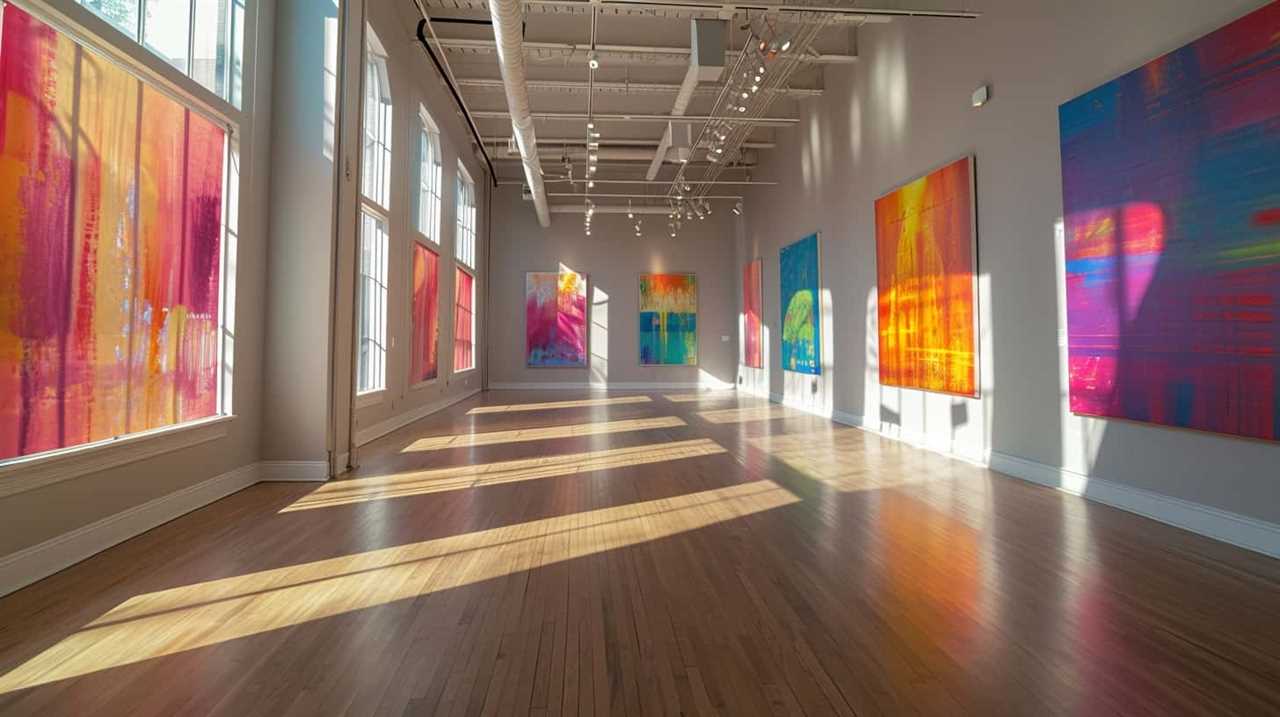
How Did Vincent Van Gogh Find and Maintain His Creative Flow?
Vincent van Gogh’s artistic journey was shaped by various techniques and influences. His mental health had a profound impact on his creative process, as he used art as a means of expression. Exploring his use of color and brushwork provides valuable insights into his unique style.
What Insights Did Georgia O’keeffe Provide About Harnessing Creative Energy?
Georgia O’Keeffe offered valuable insights on harnessing creative energy. Her techniques for creative inspiration were both innovative and effective. By exploring the depths of her artistic vision, she unlocked a world of endless possibilities.
What Were Frida Kahlo’s Thoughts on the Artistic Process and How It Influenced Her Work?
Frida Kahlo’s artistic influences and the impact of the artistic process on her style were profound. Her thoughts on the artistic process shed light on how it shaped her work, revealing a depth and complexity that continues to captivate audiences today.
Conclusion
In conclusion, renowned artists have provided valuable insights into the creative flow. Their perspectives on creativity, artistic inspiration, and the artistic process shed light on the importance of finding the flow and harnessing creative energy.
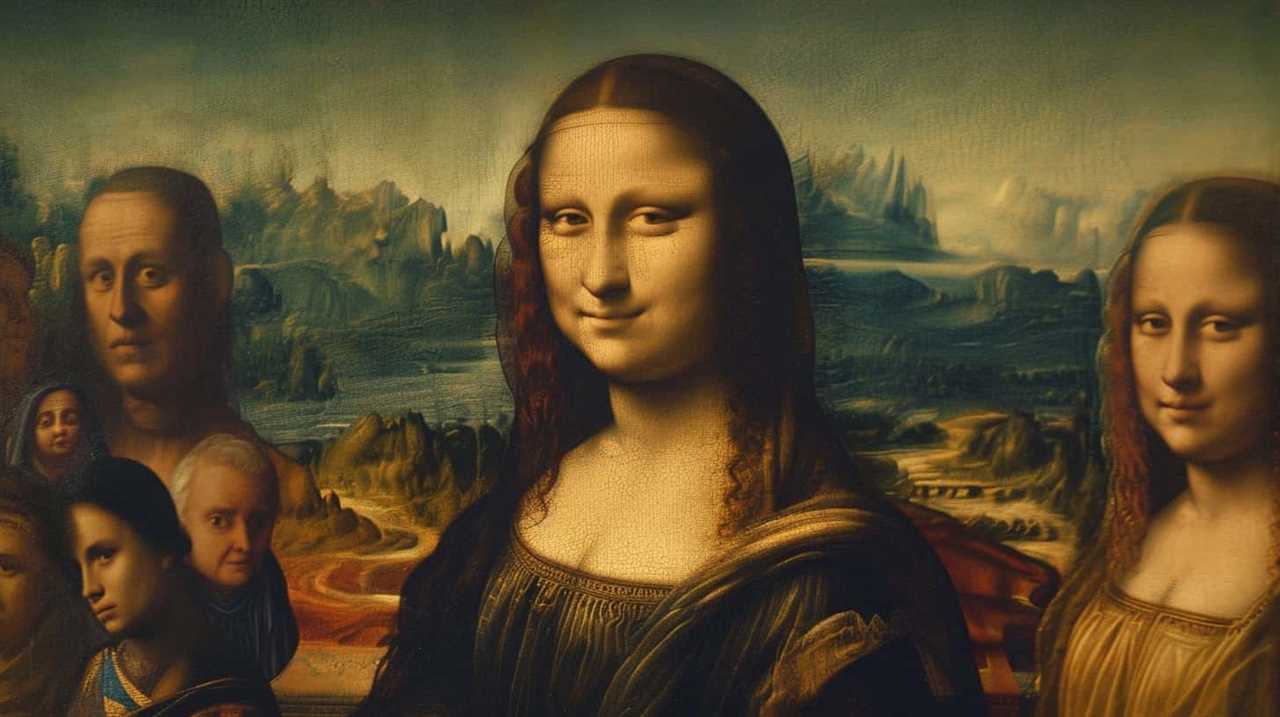
One interesting statistic that visually represents these ideas is that 87% of artists surveyed reported experiencing a state of flow during their most successful and impactful artistic moments. This highlights the significance of accessing the creative flow for artists in producing their best work.
Lauren’s talent in writing is matched by her passion for storytelling. Her love for books and deep understanding of culture and entertainment add a distinct flavor to her work. As our media and press contact, Lauren skillfully bridges the gap between afterQuotes and the broader media landscape, bringing our message to a wider audience.
